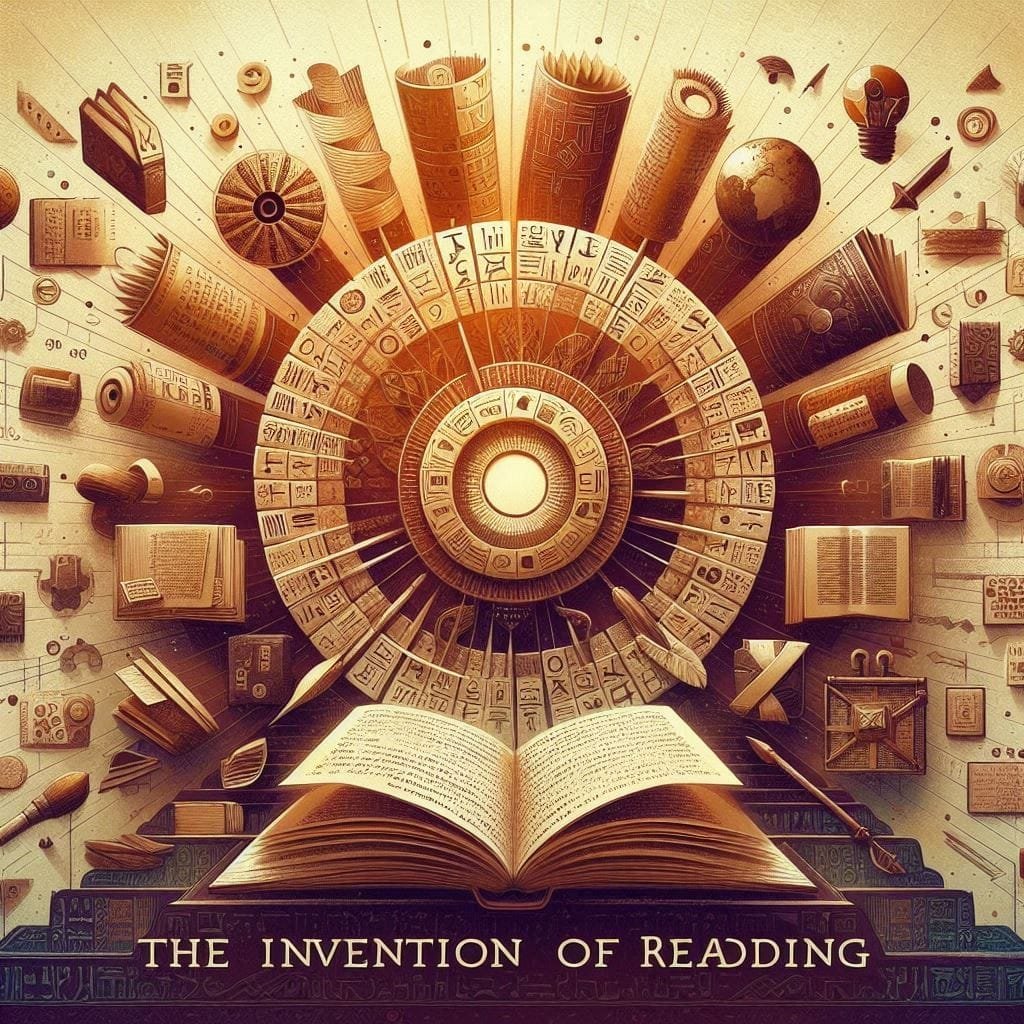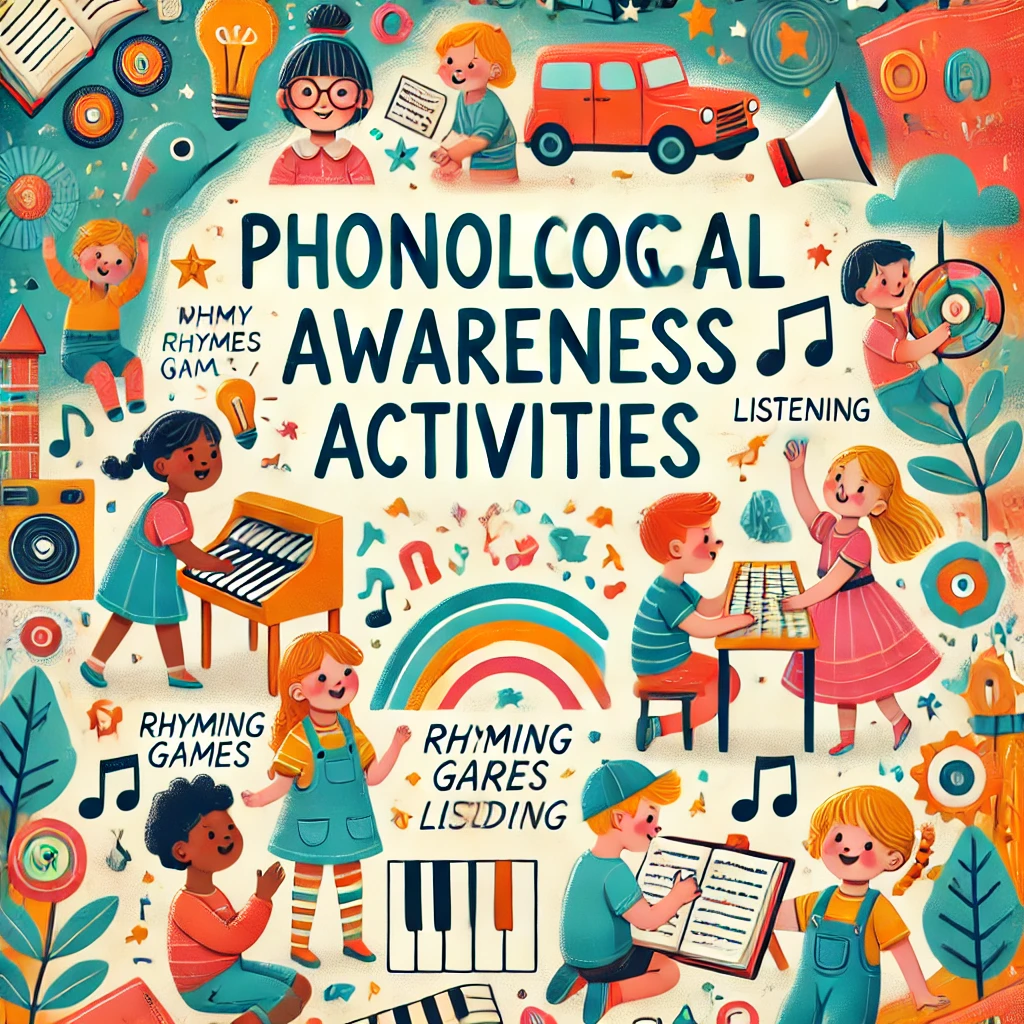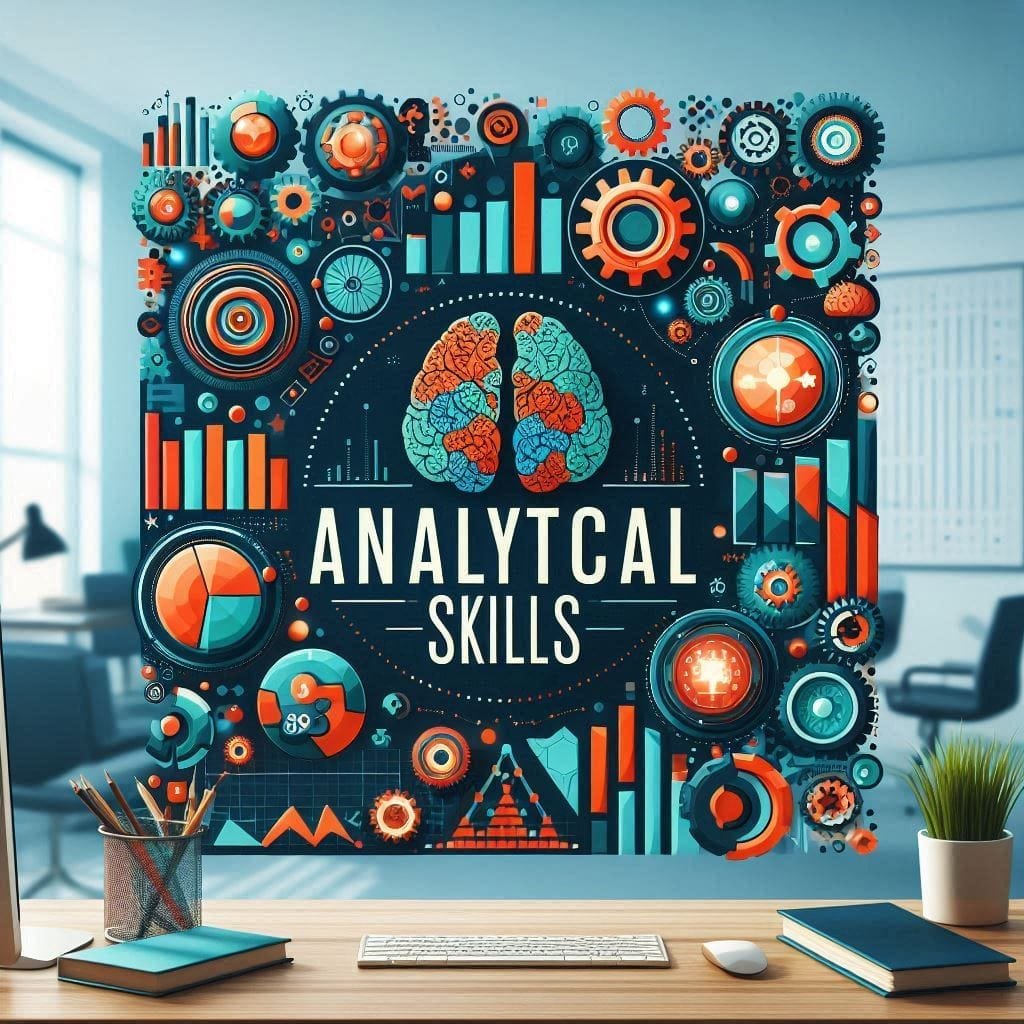Reading is an important skill that helps us learn, communicate, and enjoy stories. But have you ever wondered when and how reading was invented? This article will take you through the history of reading, from its early beginnings to how it has developed over time. The whole overview about the invention of reading is mentioned in this article.
The Early Beginnings: Picture Writing
Reading didn’t start with words like we know them today. Instead, it began with pictures. In ancient times, people used symbols and drawings to share ideas and tell stories. This kind of writing is known as pictography. For example, if someone wanted to show a hunt, they would draw pictures of animals and hunters. These images helped people understand messages without needing to speak.
The First Forms of Writing
Around 3500 to 3000 BC, the Sumerians in Mesopotamia (now modern-day Iraq) created one of the first writing systems called cuneiform. They used a tool called a stylus to make wedge-shaped marks on clay tablets. This writing was used for record-keeping, such as tracking crops and trade.
Around the same time, the ancient Egyptians developed hieroglyphics. This system combined symbols and sounds to represent objects, ideas, and sounds. Hieroglyphics were often used in temples and tombs and could be quite beautiful.
The Birth of Alphabetic Writing
The invention of alphabets was a significant step in the history of reading. Instead of using hundreds of symbols, alphabets use a limited number of letters to represent sounds. The first true alphabet was developed by the Phoenicians around 1200 BC. This alphabet had only 22 letters and was easier to learn and use.
The Greeks adopted the Phoenician alphabet and made important changes, adding vowels. This innovation allowed for clearer pronunciation and reading. Over time, this Greek alphabet became the foundation for many modern alphabets, including the Latin alphabet we use today.
The Rise of Literacy
As writing systems evolved, so did literacy. Literacy means the ability to read and write. In ancient societies, literacy was often reserved for the elite, such as priests and scribes. They used their skills to read sacred texts, manage governments, and keep records.
In ancient Rome, literacy spread further. By around 100 AD, many Romans could read simple texts. Public readings became popular, and people would gather to listen to poetry and stories.
The Invention of The Printing Press
A major turning point in the history of reading was the invention of the printing press by Johannes Gutenberg in the 15th century. Before this invention, books were copied by hand, which was time-consuming and expensive. Gutenberg’s printing press allowed for the mass production of books, making them more accessible to the general public.
The first major book printed was the Gutenberg Bible in 1455. This invention revolutionized reading, allowing more people to own books and learn to read. It also led to an increase in literacy rates across Europe.
Reading and Education
As more books became available, education systems began to develop. Schools were established, teaching children how to read and write. By the 19th century, reading became a fundamental part of education. Public libraries were also created, allowing everyone access to books, regardless of their social status.
In the 20th century, literacy campaigns emerged in many countries. Governments recognized the importance of reading for social and economic development. Schools began teaching reading through various methods, focusing on phonics, whole language, and other approaches.
The Impact of Technology
In recent years, technology has changed the way we read. With the advent of computers, tablets, and e-readers, people now have access to a vast amount of information at their fingertips. E-books and audiobooks have made reading more convenient and accessible than ever before.
However, this shift also raises questions about the future of reading. Will traditional books disappear? While digital reading is on the rise, many people still love the feel of a physical book. Libraries continue to be important places for reading and learning.
The Importance of Reading Today
Reading remains a crucial skill in our daily lives. It helps us understand the world around us, learn new things, and connect with others. Whether it’s reading news articles, novels, or social media posts, reading plays a vital role in communication.
In addition to its practical uses, reading also offers enjoyment and escape. Books allow us to experience different lives, cultures, and adventures. They spark our imagination and can even inspire us to make positive changes in our own lives.
Conclusion
The invention of reading is a journey that spans thousands of years. From the early days of pictographs to the modern age of digital reading, the ability to read has transformed how we communicate and learn. As we move forward, it’s essential to continue promoting a love for reading in ourselves and future generations. By doing so, we ensure that this important skill remains a part of our lives for many years to come.
Some famous quotes are;
- “A reader lives a thousand lives before he dies. The man who never reads lives only one.” — George R.R. Martin
- “Books are a uniquely portable magic.” — Stephen King
- “Reading is to the mind what exercise is to the body.” — Joseph Addison
- “There is no friend as loyal as a book.” — Ernest Hemingway
- “Today a reader, tomorrow a leader.” — Margaret Fuller
Frequently Asked Questions (FAQs)
1. When was reading first invented?
Reading, as we know it today, developed over thousands of years. The earliest forms of reading were based on pictographs around 3500 BC, with the invention of writing systems like cuneiform by the Sumerians and hieroglyphics by the Egyptians.
2. What was the first writing system?
The first known writing system is cuneiform, created by the Sumerians around 3500 BC. It involved making wedge-shaped marks on clay tablets.
3. How did early humans read?
Early humans read by interpreting symbols and pictures. These early writings were often used for record-keeping and storytelling, relying on visual representation rather than written language.
4. Did everyone learn to rea in ancient times?
No, literacy was typically limited to specific classes, such as priests and scribes. Reading and writing were specialized skills that not everyone possessed.
5. When did reading become common among the general populations?
Reading became more common during the 18th and 19th centuries, especially with the establishment of public education systems and libraries, which encouraged literacy among the general public.
6. What role did reading play in society?
Reading has played a crucial role in education, communication, and culture. It allows for the sharing of ideas, the preservation of knowledge, and the enjoyment of literature.
Found this helpful? Don’t miss out on our other great articles!



